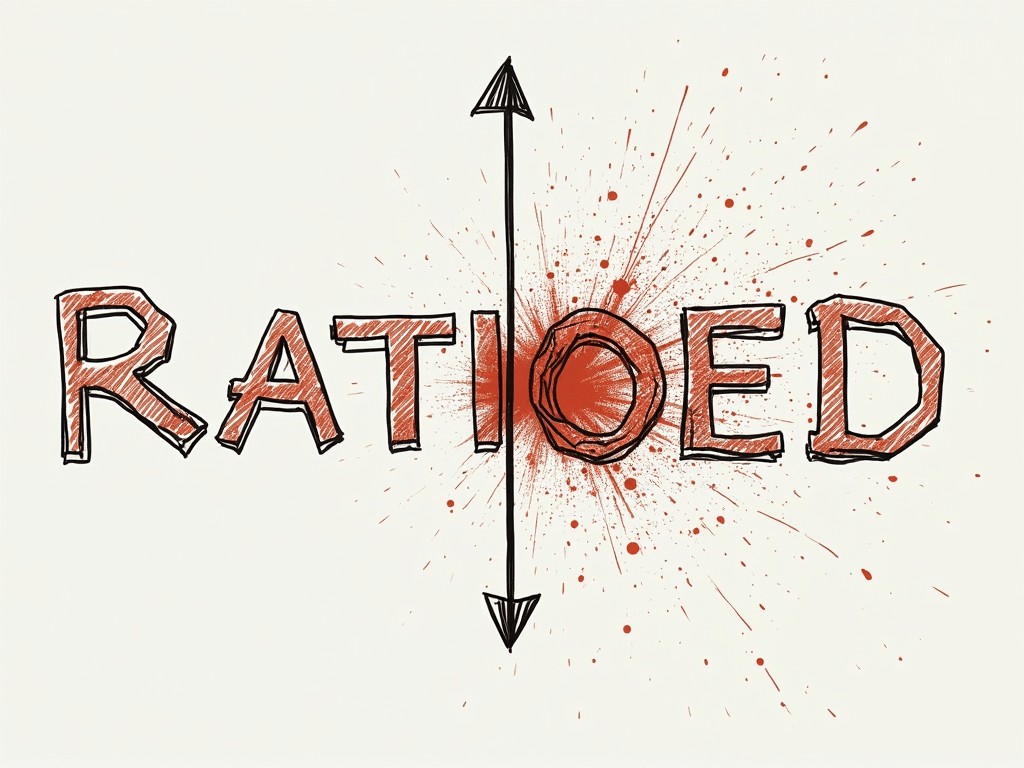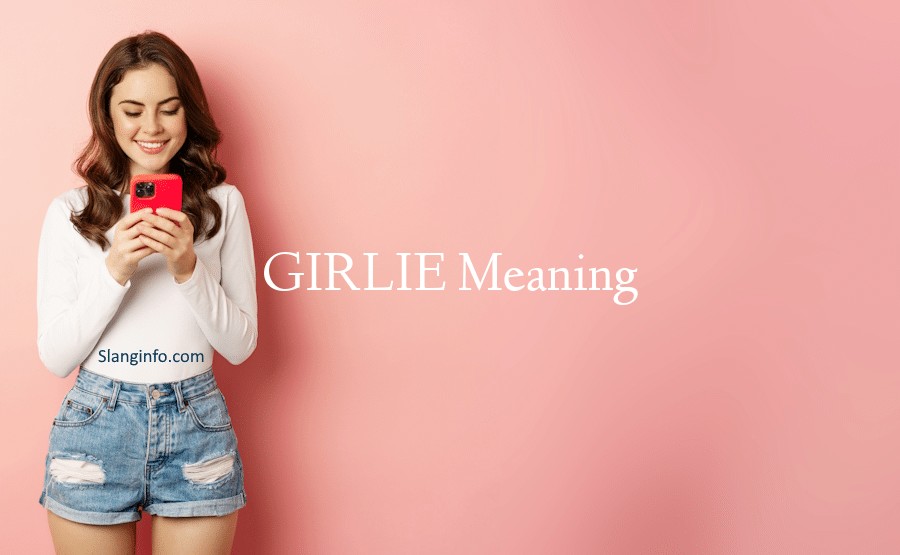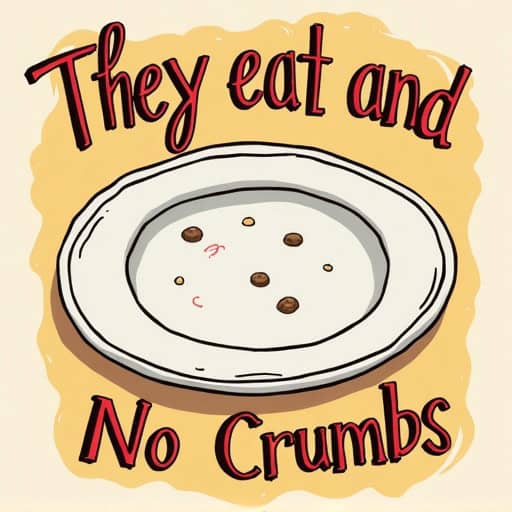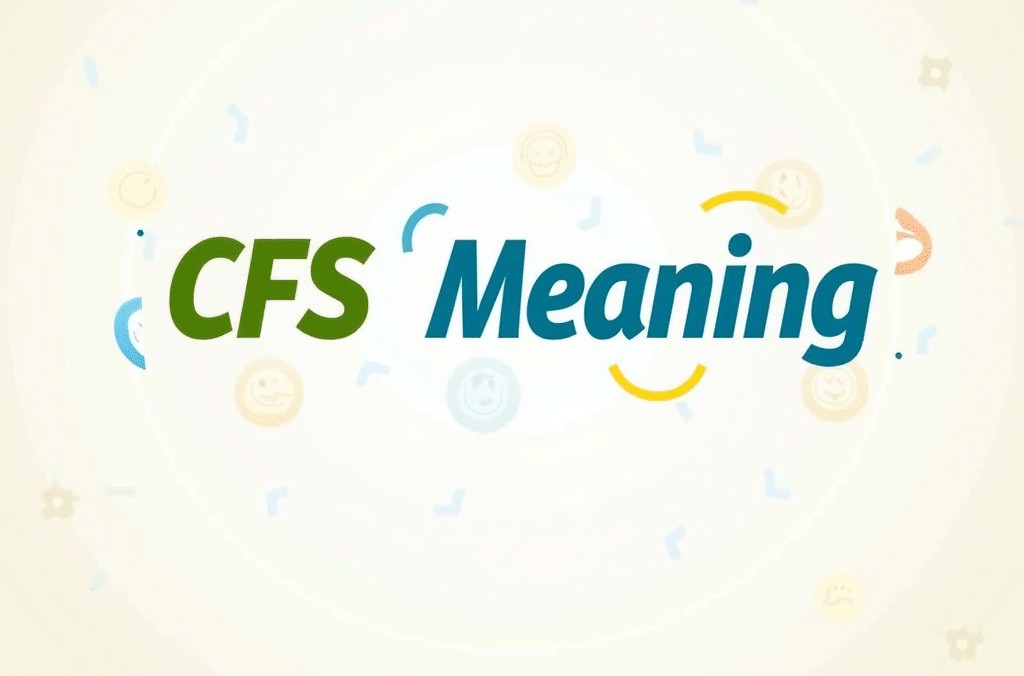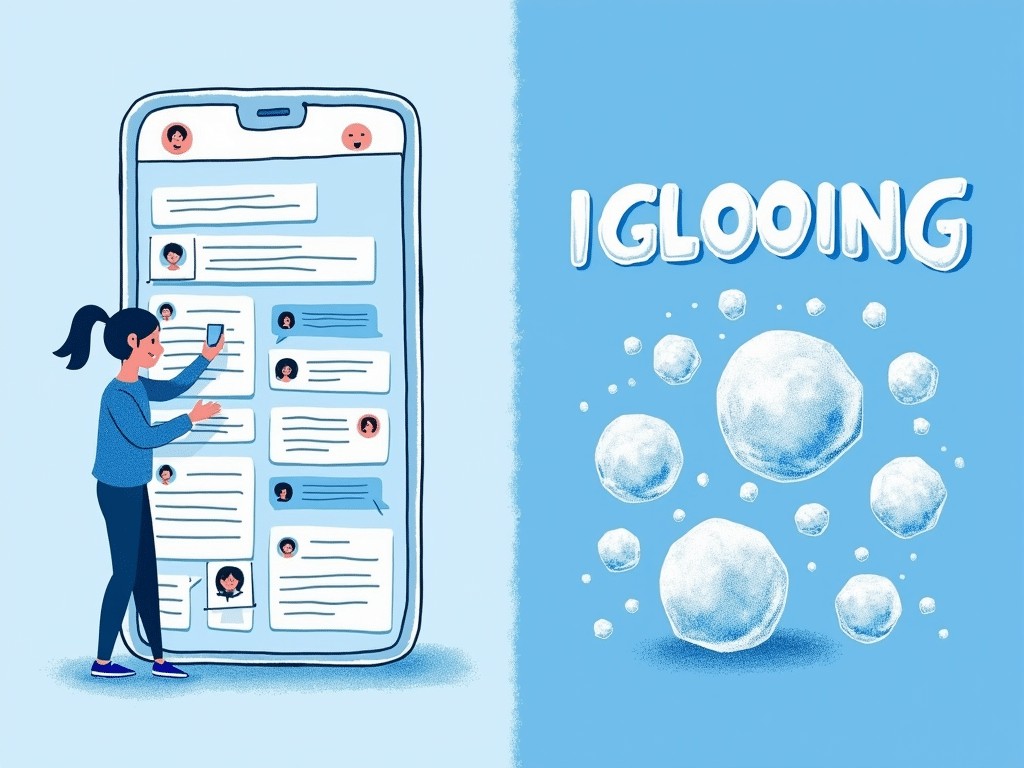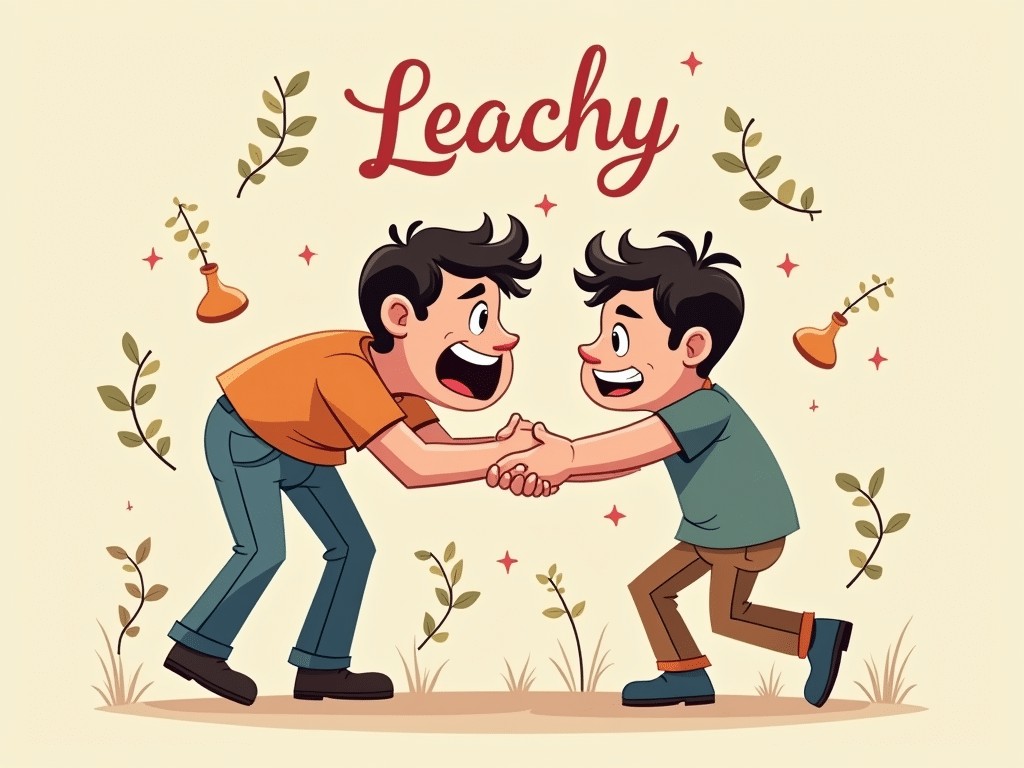What Is a Thirst Trap? The Ultimate Guide to This Viral Slang Term
Scrolling through your TikTok feed, you’ve likely been bombarded with thirst traps on the daily, right? You know the vibe—photos demanding your attention and possibly your heart, all wrapped up in a perfect filter and cheeky caption. Whether it’s that flawless selfie or a gym pic showcasing those hard-earned abs, thirst traps are ruling social media. But wait, what exactly is a thirst trap, and why is everyone posting them? Buckle up; we’re diving in!
| Key Takeaways | |
|---|---|
| Meaning | A flirty or provocative post designed to grab attention and admiration. |
| Usage | Primarily shared on social media platforms to gain likes and comments. |
| Example | “Feeling cute, might delete later!” |
Thirst Trap Meaning
So, what’s the deal with thirst traps? In simple terms, a thirst trap is a social media post strategically designed to attract eyes—and maybe even some hearts. The slang thirst refers to that intense need for attention, and trap implies you’re caught in its web of allure. Basically, these posts are like a digital siren song, singing out for likes and comments while looking stunningly effortless.
Thirst Trap Meaning in Text
You won’t just find thirst traps in high-profile celebrity accounts; they’re everywhere, fueling the scroll of your ordinary social feeds. From influencers to your best friends, the thirst trap game is strong. Think of Kim Kardashian’s daring shots or Lizzo’s empowering posts flaunting her curves. Less obvious examples might include a casual gym selfie captioned, “Feeling cute, might delete later.” The aim here? To reel in those likes, comments, and the occasional flirty DM.
Thirst Trap Meaning in Instagram
Instagram is like the Mecca for thirst traps. The platform’s visual nature makes it the ideal spot to showcase those eye-catching posts. Whether it’s a perfectly lit selfie or a playful bikini pic, the thirst trap vibe thrives here. You’ll often see captions designed to tease and intrigue, sparking a rush of notifications and the kind of engagement that has friends gossiping.
Thirst Trap Meaning in TikTok
TikTok takes thirst traps to a whole new level! Here, users blend music, quick cuts, and sometimes humor to create engaging content that still oozes confidence. A classic thirst trap TikTok might feature someone doing a catchy dance, full of life and energy, but it also focuses on flaunting their style or physique. With TikTok’s algorithm favoring engagement, these posts can quickly go viral, capturing attention far beyond just likes.
Thirst Trap Meaning in Reddit
Reddit discussions about thirst traps can be pretty revealing. Users might dissect what makes a thirst trap effective or share their favorite examples from other platforms. In subreddit discussions, they explore the psychological aspects—why people feel drawn to post them and how they seek validation through digital engagement. It’s less about posting pretty pictures and more about understanding behavior in a digital arena.
Thirst Trap Meaning in Twitter
On Twitter, thirst traps often pop up in the form of memes or tweets that playfully reference the concept. Users might tweet out a picture with a self-aware caption like “Just another day breaking hearts,” blending humor with the sincerity of seeking attention. Twitter’s fast-paced nature allows for witty exchanges and retweets, turning simple thirst traps into trending topics.
Popularity & Trends
Thirst traps didn’t just arrive on the scene overnight. The term has its roots in the early 2010s, coinciding with the rise of social media platforms like Twitter and Instagram. Before “thirst trap” became iconic, the term “thirsty” was used to describe someone desperate for attention, setting the stage for this clever twist. Who would have guessed it first appeared in a 1999 book about running? Now, it captures a cultural craze thriving in today’s digital landscape.
Examples
Getting a taste of how thirst traps infiltrate everyday conversations can spotlight their cultural significance. Here are a couple of relatable examples:
– “Did you see her latest thirst trap? Everyone’s losing it in the comments!” Here, the speaker acknowledges a friend’s post that has garnered lots of attention.
– “He posted that pic just to stir things up—total thirst trap!” This shows someone recognizing a calculated move for attention in a friend’s post.
Conclusion
Thirst traps are more than just a pretty face—they symbolize our modern ways of connecting and expressing ourselves online. Whether you’re posting them for fun or appreciating them for the confidence boost they can provide, these snapshots reflect the nuances of our digital life. They can be both empowering and risky, as the quest for likes and validation takes center stage. So next time you stumble upon a thirst trap, remember that it’s about more than meets the eye—it’s a blend of self-expression and social dynamics. Want to dive deeper into the wild world of slang? Explore guides on terms like GYAT, and remember, social media is all about sharing joy, staying safe, and keeping it real! 🚀✨💬👀🔥

